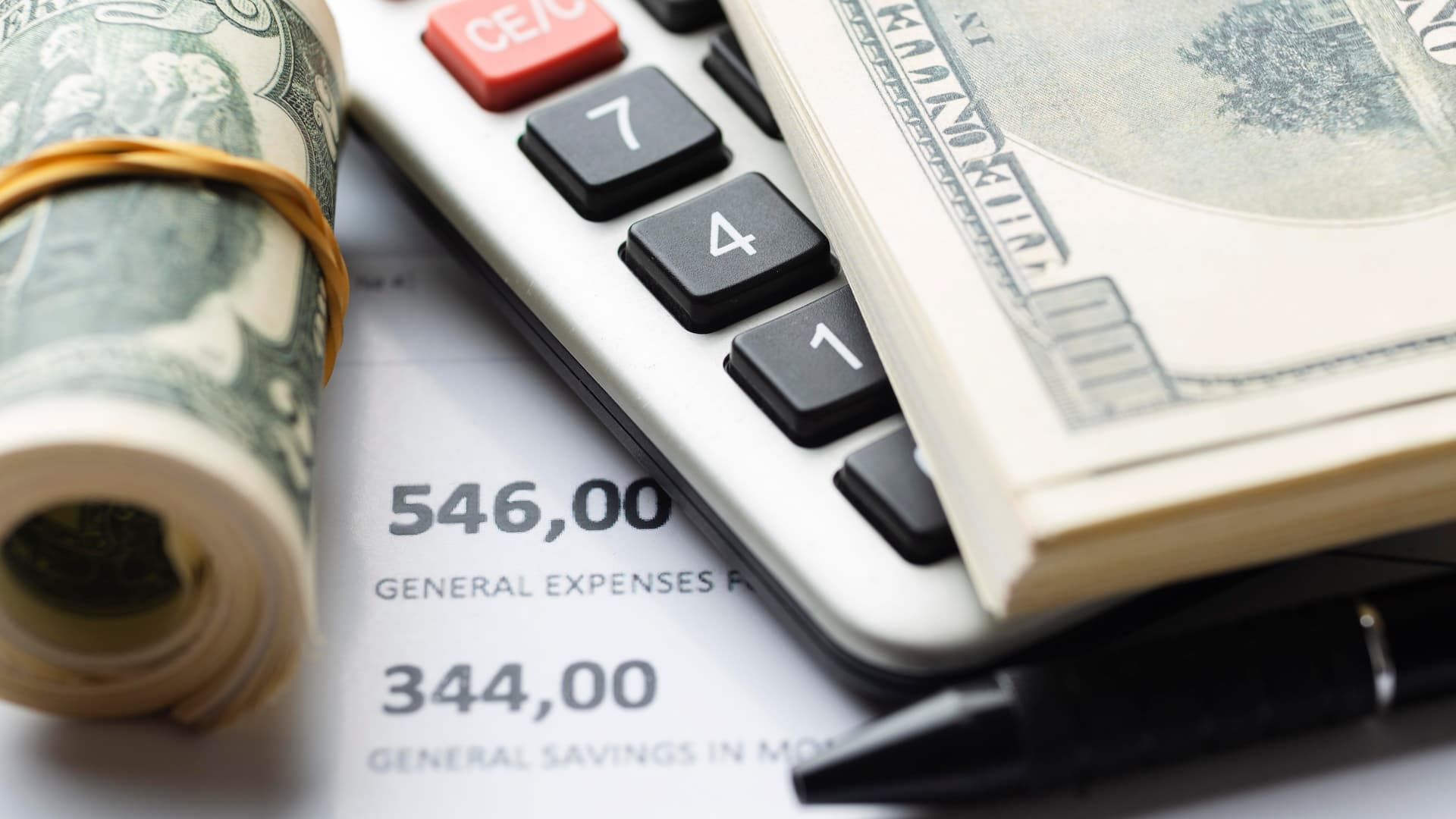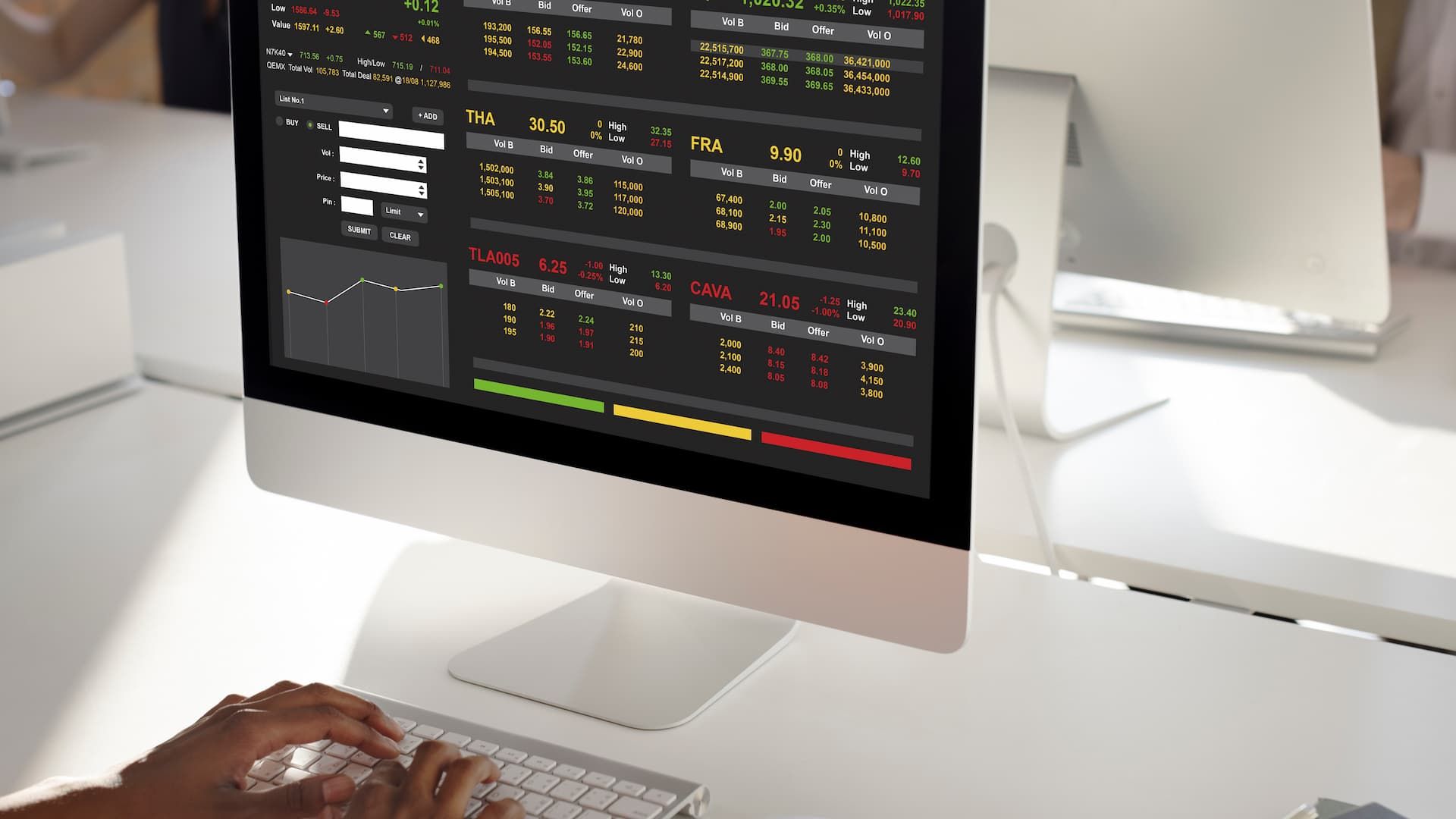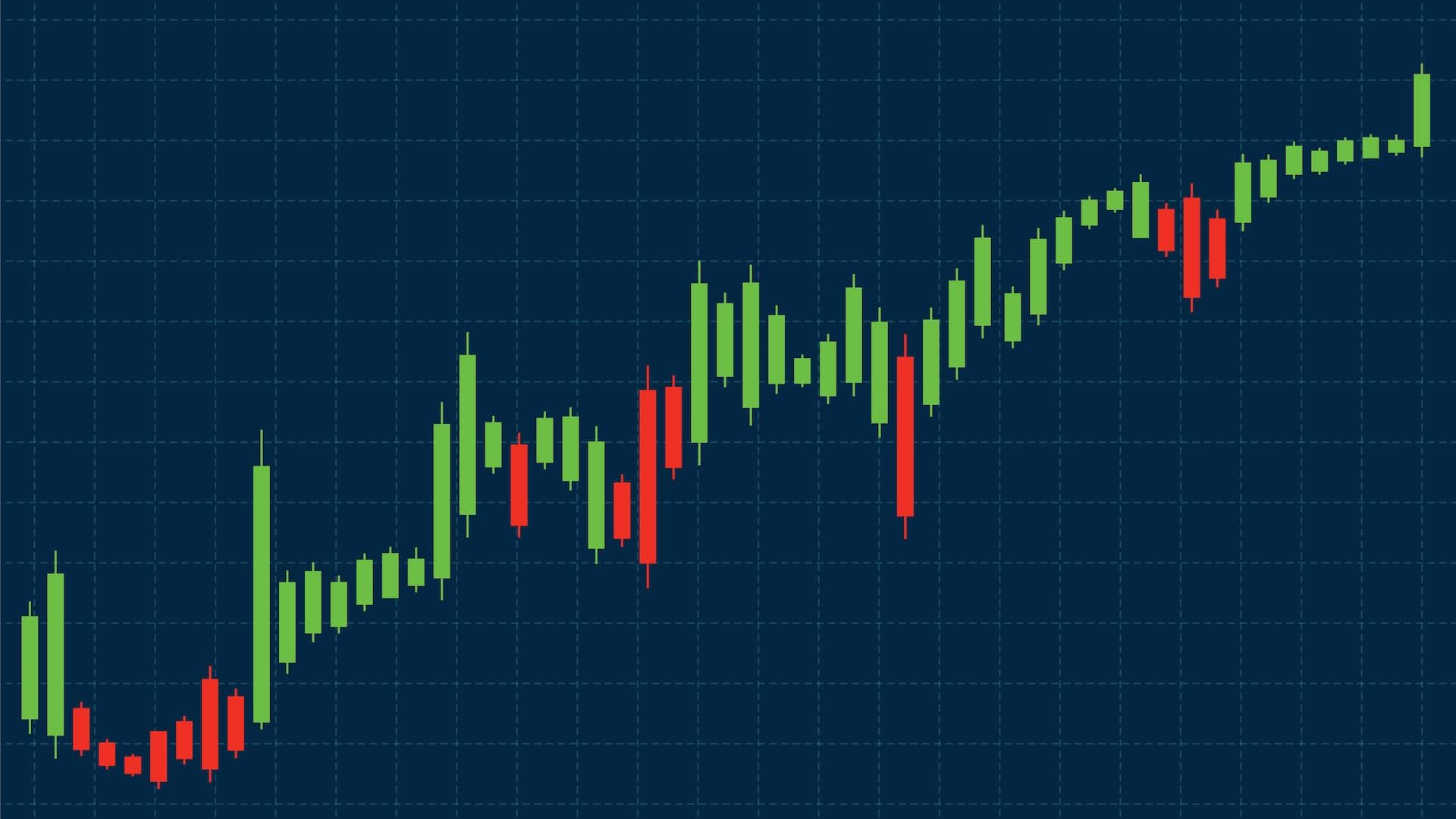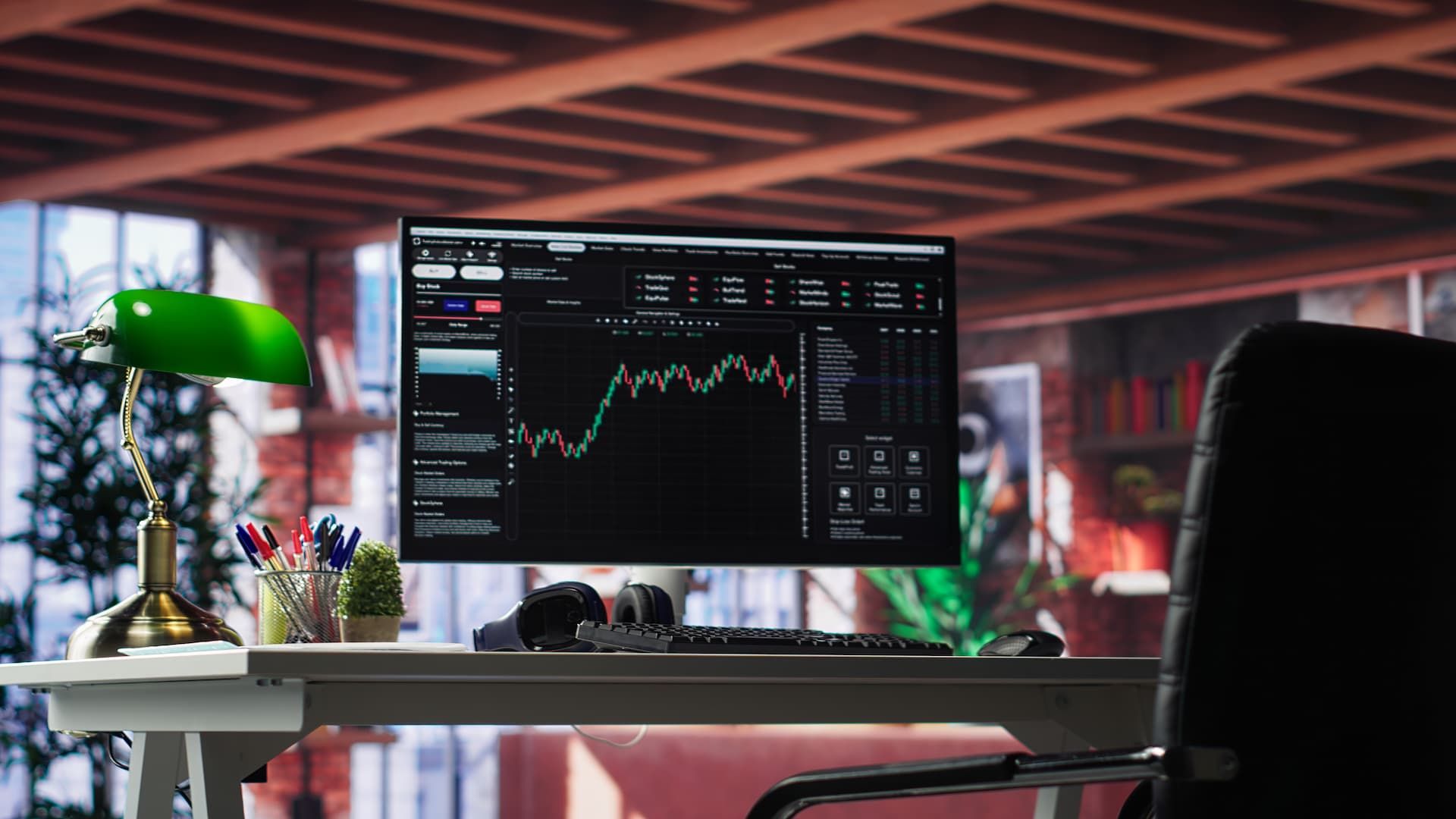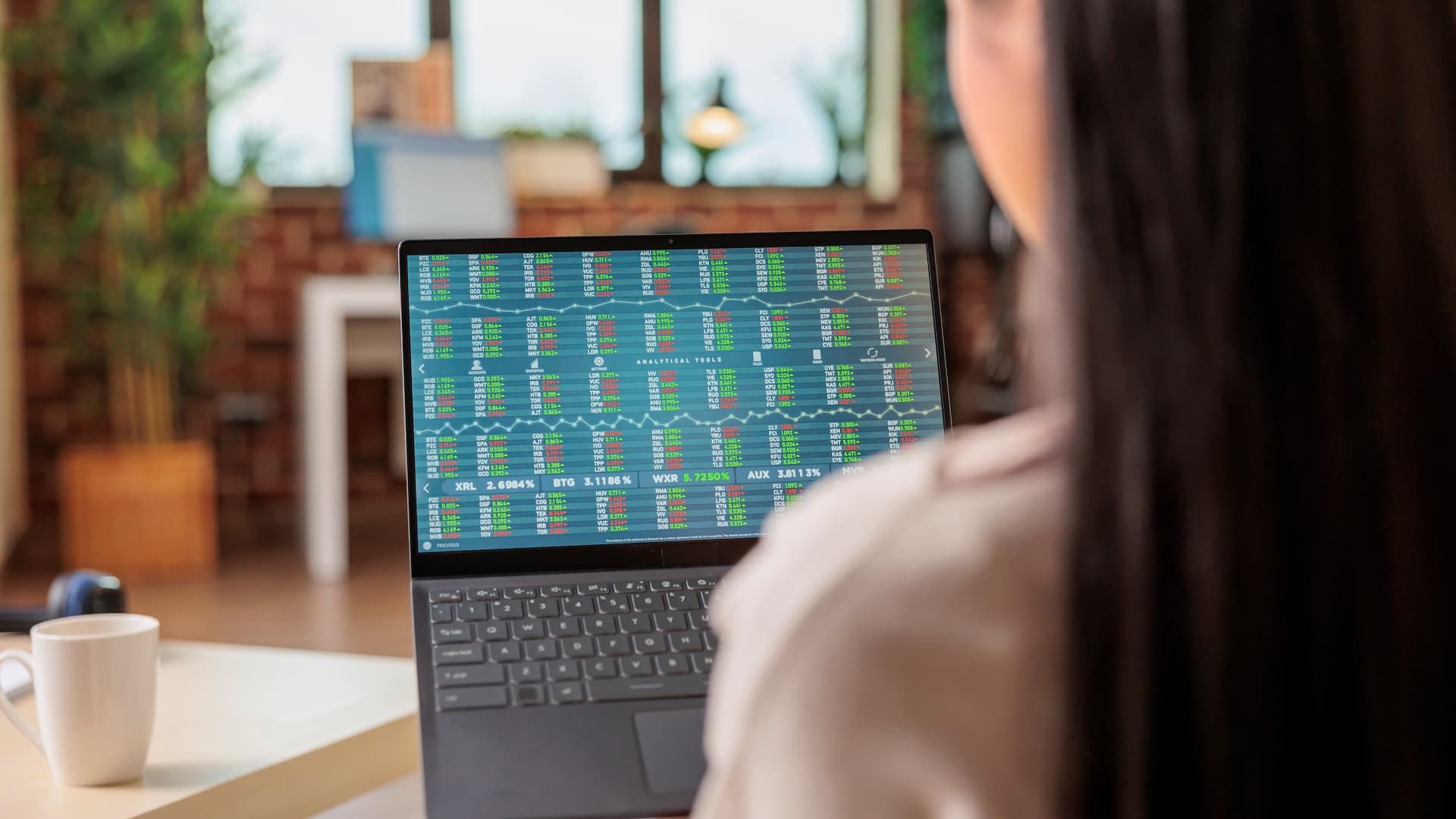News trading is like surfing market waves; big economic announcements can send prices soaring or crashing, creating fast opportunities. But it's not for the faint-hearted: volatility spikes, market reactions unfold in seconds, and timing is everything.
This guide weighs the pros and cons, from strategies to pitfalls, so you can decide if trading the news fits your trading game. We'll cover the basics, setups, and real-talk risks to help you navigate without getting wiped out.
Introduction to news trading
News trading thrives on events like Fed decisions, jobs data, or geopolitical developments that jolt markets. These announcements often create ripple effects not just in stocks but also in the forex market, where currency pairs react instantly to changing sentiment. Here, we'll define it, spot who dives in, and unpack how market reactions shift gears during those high-stakes moments.
What is news trading and who is a news trader?
News trading means jumping into trades right around major releases, economic data, company earnings announcements, or geopolitical bombshells that trigger sharp moves. Sometimes, even a single news report can shift sentiment instantly and send markets into overdrive. You bet on the reaction: long if better-than-expected, short if worse.
It's short-term, often minutes to hours, using forex, stocks, or indices. A news trader? Usually a day trader with quick reflexes, glued to calendars like Forex Factory. They thrive on volatility, use tight stops, and avoid holding overnight. For many, this approach is known as trading the news, a strategy perfect for scalpers but risky for beginners who chase headlines without a solid plan.
Understanding market sentiment during news releases
Sentiment flips fast on news, bullish if data beats forecasts (greed kicks in, prices gap up), bearish if it misses (fear spreads, dumps follow). In the financial markets, a single news report can spark sudden shifts as traders react within seconds. Pre-release, markets hush in anticipation; post-release, it's chaos as algos and crowds react.
Watch VIX spikes for fear gauges or COT reports for big-money bets. In forex, USD news sways everything. Strong payrolls? Dollar rally, risk-off vibes. For traders focused on trading the news, gauging sentiment via options skew or social buzz becomes critical. When sentiment doesn’t match price action, it often hints at potential reversals.
Key economic data for news trading
News trading lives or dies by the calendar, big data drops can swing financial markets in seconds. This section hits the heavy hitters: jobs news reports, Fed chatter, and other indicators that pack the most punch for forex traders and major indexes like the Dow Jones Industrial Average.
Jobs report and its impact on the forex market
The jobs report, aka Non-Farm Payrolls (NFP), drops first Friday monthly and tracks U.S. hiring, unemployment, and wage growth. Strong numbers (more jobs, low unemployment) boost USD EUR/USD dips as dollar strengthens on rate hike bets. Weak data? Dollar tanks, risk-on flows to AUD or NZD. Impact's huge: 100k+ surprises can move pairs 100+ pips in minutes. Trade the straddle or reaction; watch revisions they sneak in and flip sentiment.
Federal Reserve announcements and policy signals
The jobs report, aka Non-Farm Payrolls (NFP), drops on the first Friday monthly and tracks U.S. hiring, unemployment, and wage growth. Strong numbers (more jobs, low unemployment) boost USD—EUR/USD dips as the dollar strengthens on rate hike bets. Weak data? Dollar tanks, risk-on flows to AUD or NZD. Impact's huge: 100k+ surprises can move pairs 100+ pips in minutes. Traders use straddle or reaction strategies, and watch revisions; they sneak in and can flip sentiment across financial markets and influence the Dow Jones Industrial Average simultaneously.
Other important economic indicators
Beyond NFP and the Fed, watch quarterly gross domestic product releases (growth beats fuel USD bulls), CPI (inflation print, hot numbers hike interest rate expectations), and retail sales (consumer spend proxy). ISM manufacturing PMI signals expansion; low reads hurt risk currencies. Each news announcement can trigger sharp moves in forex pairs, so pair with calendars: ECB rates for EUR, BOJ for JPY. These create chains; CPI misses lead to Fed cut bets. Prioritize high-impact news announcements; ignore noise like housing starts unless tied to trends.
Trading the news: strategies and techniques
Trading news isn't just winging it; solid strategies turn chaos into cash. Here we'll build one step by step, handle curveballs like surprises or breaking news, and mix in lagging tools to confirm the frenzy in the stock market.
How to structure a news trading strategy
Start with a calendar: mark high-impact news announcements like NFP or Fed, ranked by volatility potential. Pre-event: pick direction based on market expectations (long if beats expected). Set entries, straddle (pending orders above/below price), or wait-and-react. Risk 1% max, stops at 20-50 pips. Post-event: trail profits on momentum, exit in 5-30 mins. Backtest on historical data; tweak for pairs, majors for quick hits, crosses for trends. Keep it simple: three rules: plan, confirm, cut.
Managing unexpected news and market volatility
Surprises like hot CPI releases or leaks in financial news spike volatility, don't fight, adapt. Widen stops pre-event (use ATR x2), reduce size to 0.5% risk. If it gaps your way, ride with trailing; against, bail fast. Post-shock, wait for stabilization, first 2 mins are noise. Hedge with correlated pairs (short EUR/USD on USD strength). Track your vol tolerance: if it stresses, skip black swans. Journal news stories and surprises to spot patterns. Using these insights helps make more informed trading decisions, where calm beats panic every time.
Using lagging indicators alongside news events
Lagging tools like MAs or MACD trail the initial blast but confirm follow-through, use a 20-period EMA for post-news trends: cross above for longs. RSI (14) filters extremes, over 70? Fade if vol fades. Pair with news events: NFP beat + MACD histogram up = hold the surge. Also consider consumer spending reports, interest rate announcements, and global events; these often trigger secondary moves that lagging indicators can help confirm. Avoid leading in the spike; let laggards validate. In forex, this cuts fakeouts, enter on indicator alignment after the dust settles, boosting win rates without missing the meat.
Pros and cons of news trading
News trading packs excitement, but it's a double-edged sword; huge potential rewards come with gut-wrenching risks. We'll break down the upsides, the headaches, and how it stacks against calmer styles like trends or ranges.
Advantages of trading around news releases
The big draw? Volatility explodes, creating fat moves in minutes, think 100-pip forex swings on NFP or sharp reactions to earnings reports that dwarf quiet days. Quick profits suit day traders: enter fast, exit faster, no overnight worry. Liquidity peaks, tightening spreads and cutting slippage, especially on major stock exchanges. Using a reliable trading platform helps monitor live prices, place orders instantly, and manage risk effectively. Plus, it's predictable; calendars let you prep, turning random events into planned edges. If you're sharp on sentiment, you ride the herd instead of fighting it.
Risks and challenges of news trading
Volatility cuts deep: surprises gap you out of stops, and slippage on brokers can turn winners sour. Emotional toll's high, FOMO on missed beats or panic on leaks. Not every release delivers; weak data, like a disappointing unemployment rate or muted leading indicators, fizzles, leaving you flat. When the market reacts strongly to unexpected numbers, even seasoned traders can get caught off guard. Regs like no-trading windows on some platforms cramp style, and overtrading burns accounts. Newbies get wrecked chasing headlines without filters; discipline is non-negotiable.
Comparing news trading with other trading strategies
Versus trend following, news is flashier but shorter-lived, trends grind for days, news spikes and dies. Range trading's safer in quiet times, but data releases and unexpected bad news, like a worse-than-expected unemployment rate, can blow ranges apart, making news trading complementary. Scalping overlaps but lacks news's catalysts; position trading ignores the noise entirely. News suits active types craving action, but hybrids win, like using news breaks to join trends. Pick based on tolerance: high-adrenaline vs. steady grind.
Practical tips for news traders
News trading's wild, but these hands-on tips can keep you in the game longer, focus on timing, tech hybrids, vol smarts, and knowing your limits to avoid burnout.
Timing entries and exits around economic data
Nail timing: avoid the first 1-2 minutes post-data releases, it's pure noise from algos. Enter on the third candle if it aligns with your bias, like a strong unemployment rate report or other key labor statistics pushing USD up. Exits? Set autos at 1:1 R:R initially, trail the rest with 20-pip buffers. For Fed talks, hold through the presser but cut if Powell flips script. Practice on replays; seconds count in forex spikes.
Combining news trading with technical analysis
Layer tech on news for filters, pre-event, mark support/resistance; if data breaks it your way, enter. Post-NFP, wait for EMA cross confirmation before chasing. Use RSI to avoid overbought chases: news rally + RSI>70? Skip or short. In trends, news acts as a catalyst, buy dips to MAs after beats. This cuts fakes; backtest pairs like EUR/USD for sweet spots.
Risk management during high-volatility periods
Vol's your friend and foe, slash position sizes to 0.5% risk on big days, widen stops to 50 pips or ATR x3. Use OCO orders: one for entry, one to cancel if missed. No revenge trades after slips; step away post-event. Hedge with correlated assets if exposed, like shorting AUD/USD on USD strength. Track drawdowns, if vol spikes 2x average, sit out.
Choosing when and how to incorporate news trading
Not every day: stick to top-tier events (NFP, Fed) 2-3x weekly if you're part-time; full-timers add CPI. Incorporate as 20% of your mix, use for quick hits, not core strategy unless you're wired for it. Demo first, then live small; if losses mount, pivot to trends. Matches active styles best, skip if you hate screens or sleep light. Build slow; it's a skill, not a hack.

